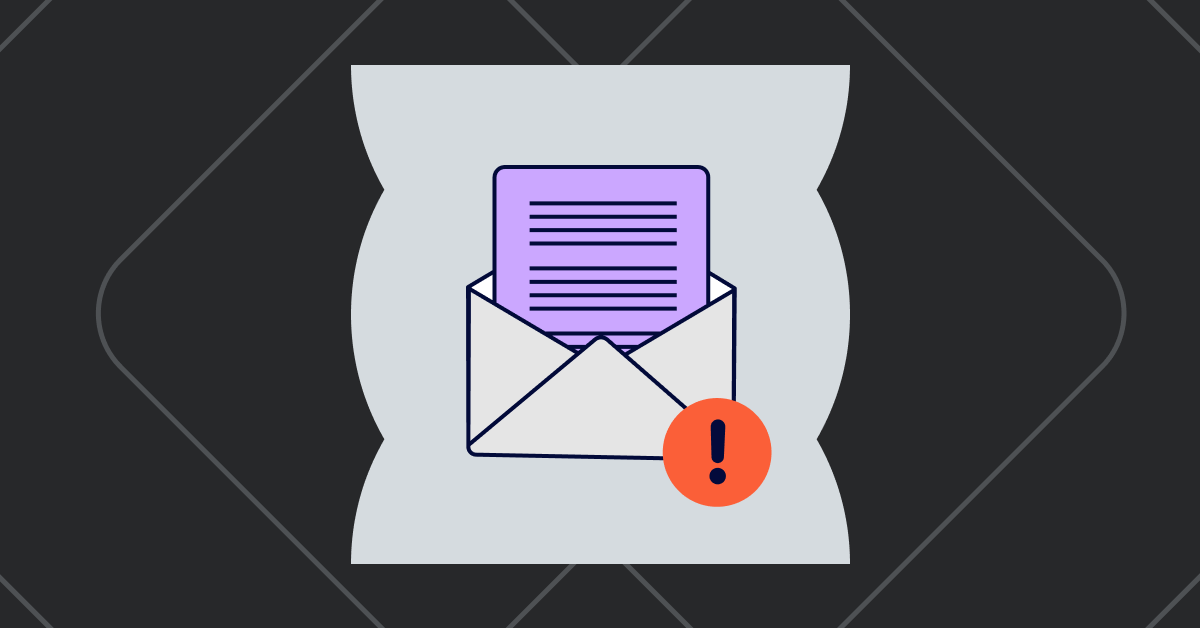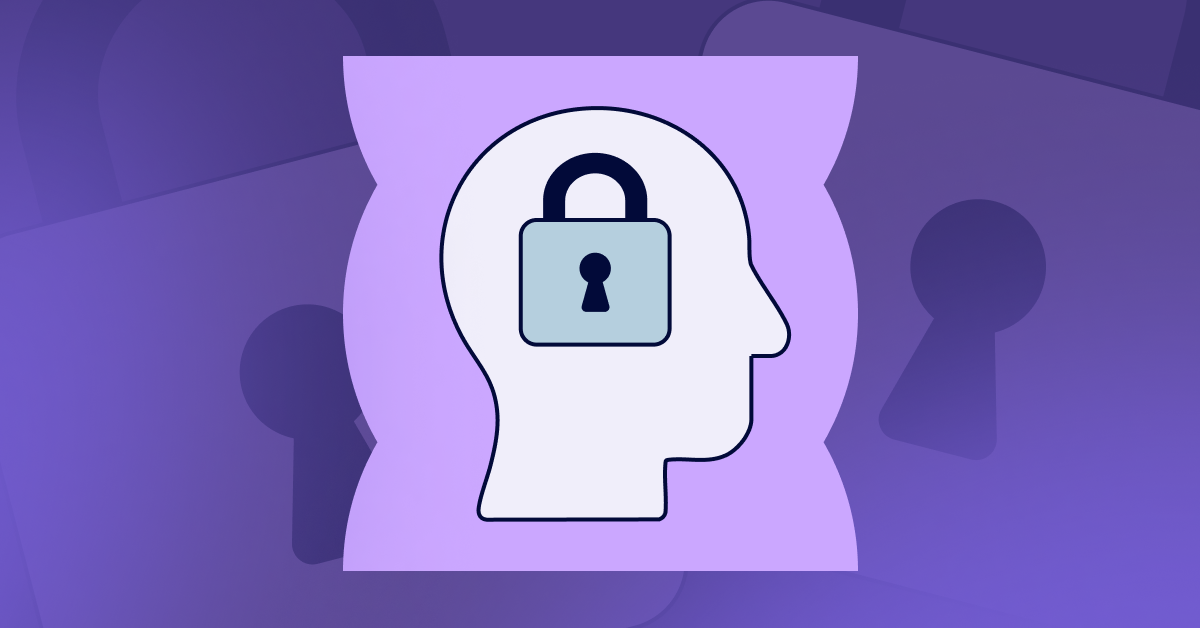Anatomy of a Phishing Email
Phishing emails are more convincing than ever—mimicking trusted brands, slipping past filters, and preying on human error. For SMBs in growth mode without a strong internal IT presence, a single click can trigger major disruptions and data loss. This blog dissects the anatomy of a phishing email, outlining the red flags, common tactics, and business risks. It also offers five actionable strategies to improve email security—from implementing SPF/DKIM/DMARC to training employees and using AI-powered tools. With phishing evolving fast, businesses need more than filters—they need a layered, proactive approach. Notics helps companies stay one step ahead.

Phishing emails are no longer laughably obvious. They’re not riddled with typos or requesting help from a stranded prince. Today’s phishing attempts are sophisticated, personalized, and often indistinguishable from legitimate communication. For growing businesses without robust internal IT teams, this presents a serious risk.
According to IBM’s 2024 Cost of a Data Breach report, phishing remains the most common initial attack vector, responsible for 16% of breaches, and among the most expensive, averaging $4.76 million per incident. This isn’t just an IT issue; it’s an operational liability. One employee clicking a malicious link can halt productivity, compromise sensitive data, and damage customer trust.
Most small and mid-sized businesses (SMBs) assume their email filters and antivirus tools are enough. But threat actors constantly evolve, using AI to personalize scams and exploit common human behaviors. These tactics make it clear: awareness is just as critical as technology.
This article breaks down the anatomy of a phishing email, what to look for, how to respond, and the business impact of failing to catch just one. You’ll walk away with actionable practices and strategic insight to better protect your team and data.
The Problem: Phishing Is Getting Smarter, and More Expensive

Most phishing emails don’t announce themselves. Instead, they mimic trusted platforms, Microsoft 365, Google Workspace, DocuSign, and pass common security checks.
Challenges Businesses Face:
- Email Spoofing: Attackers can spoof internal email addresses, making a fake message appear to come from your CEO or finance department.
- Legitimate-Looking Links: URLs might look real at a glance but direct users to malicious sites that collect login credentials.
- Attachment-Based Malware: PDFs or Excel files contain embedded scripts that execute when opened.
- Zero-Day Techniques: Phishing emails often use new tactics that haven’t yet been flagged by threat databases.
In 2024, phishing emails bypassed security filters in 35% of small business environments (Verizon DBIR). Without constant employee vigilance and layered controls, a single misstep can lead to credential theft, ransomware infection, or data exfiltration.
How to Spot and Stop Phishing Before It Hits

1. Establish a Consistent Email Security Baseline
What it is: A mix of SPF, DKIM, and DMARC protocols to verify email authenticity.
Why it matters: These protocols reduce the chances of spoofed emails reaching inboxes.
Implementation:
- Configure SPF records to validate sending servers.
- Set up DKIM for digital signature verification.
- Enforce DMARC with a reject/quarantine policy.
Fewer spoofed emails get through, which means fewer opportunities for human error.
2. Invest in Targeted Security Awareness Training
What it is: Education that teaches employees how to recognize phishing attempts.
Why it matters: 95% of cybersecurity breaches are caused by human error (IBM). Training improves recognition and response.
Implementation:
- Run quarterly phishing simulations.
- Customize training based on employee role and risk exposure.
- Focus on real examples, not generic guidelines.
Employees become the first line of defense instead of the weakest link.
3. Analyze Email Metadata and Headers
What it is: Reviewing the technical fingerprint of an email—like IP address, sending server, and authentication results.
Why it matters: Even well-crafted phishing messages often have metadata anomalies.
Implementation:
- Train your IT team or provider to inspect suspicious emails beyond the surface.
- Use tools that flag mismatches or failed SPF/DKIM.
Early detection of fraudulent emails that appear visually legitimate.
4. Use AI-Powered Email Security Tools
What it is: Tools that scan for contextual, behavioral, and linguistic signs of phishing.
Why it matters: These systems catch threats that rule-based filters miss.
Implementation:
- Deploy platforms like Abnormal Security or Mimecast.
- Configure them to monitor unusual patterns—like a new sender requesting a wire transfer.
Automated prevention before the threat ever hits the inbox.
5. Establish a Clear Reporting Workflow
What it is: A defined way for employees to flag suspicious emails quickly.
Why it matters: Speed matters. The faster you identify a phishing attempt, the more damage you prevent.
Implementation:
- Add a “Report Phishing” button in your email client.
- Assign ownership within your IT team to review flagged emails.
- Log incidents to identify patterns over time.
Better visibility, quicker containment, and a more security-aware culture.
Know the Signs, Protect your Business
Phishing emails will continue to evolve, and so should your defenses. By breaking down the anatomy of a phishing email, businesses can move beyond generic advice and start building real resilience.
Spotting a phishing attempt isn’t just about hovering over links or checking the sender’s address. It’s about giving your team the tools, knowledge, and support to respond confidently when something feels off.
Proactive IT management means more than installing antivirus software. It’s about enabling people, configuring systems correctly, and staying on top of emerging threats. That’s the model we follow at Notics.
Looking ahead, generative AI will likely make phishing emails even harder to spot. But with layered defenses and an informed team, the risk becomes manageable.
Now’s the time to ask: how many phishing emails are slipping past your defenses, and what would it cost you if just one worked?
.png)
we can help
Did you enjoy this content?
Subscribe to our newsletter and get weekly tips on leveraging technology to supercharge your business operations. Don't miss out on the strategies that could transform your company!
.png)
